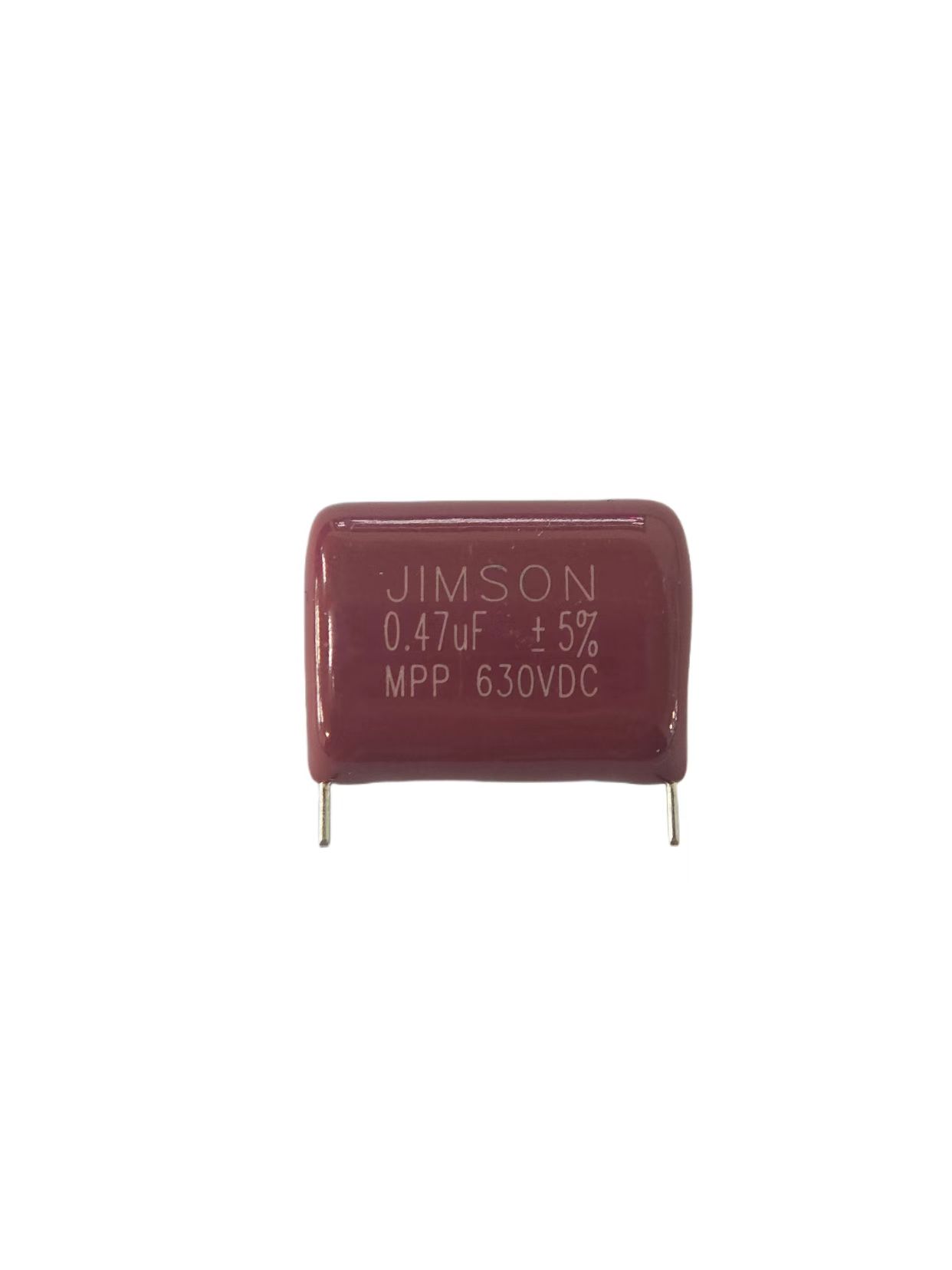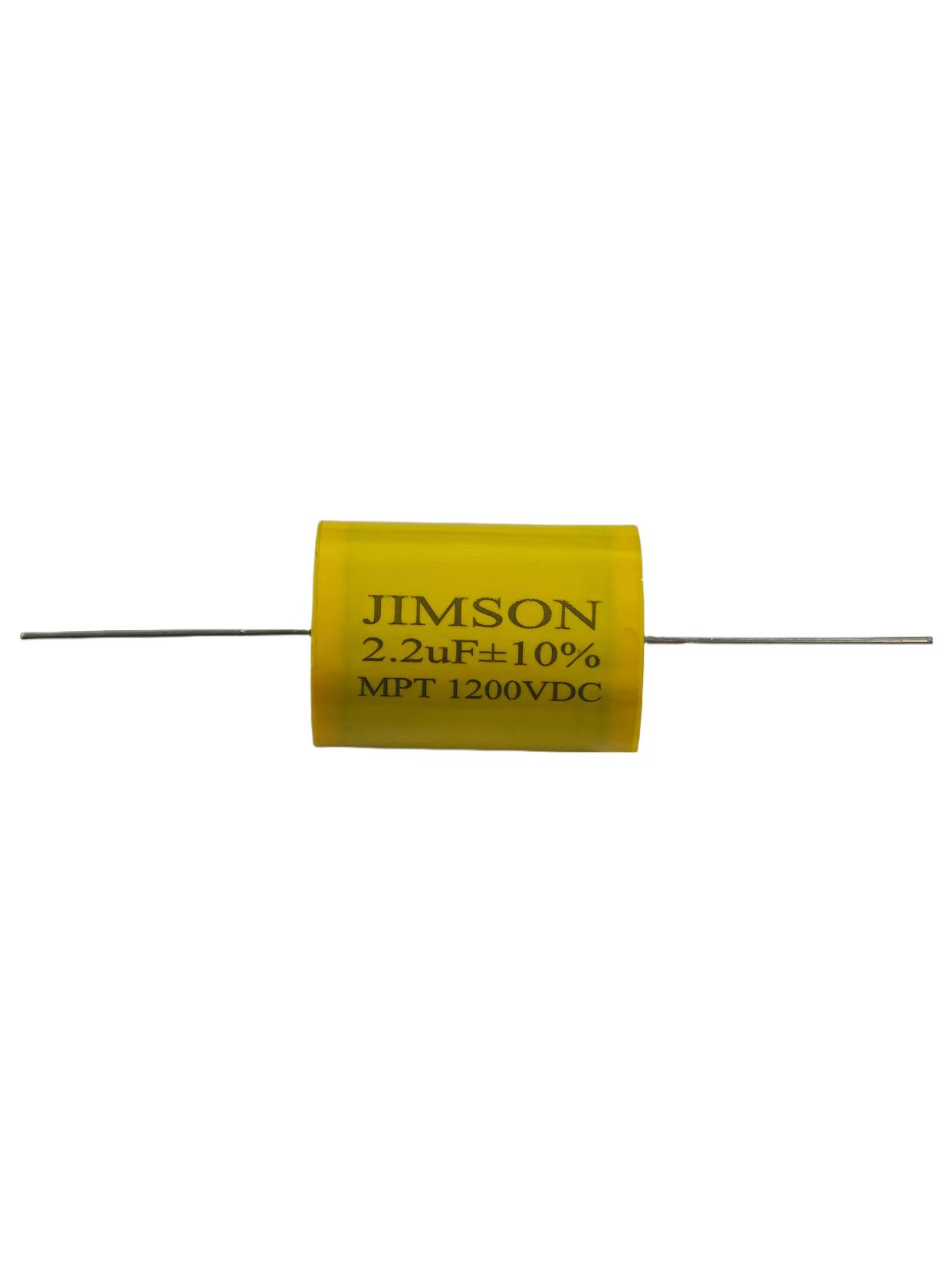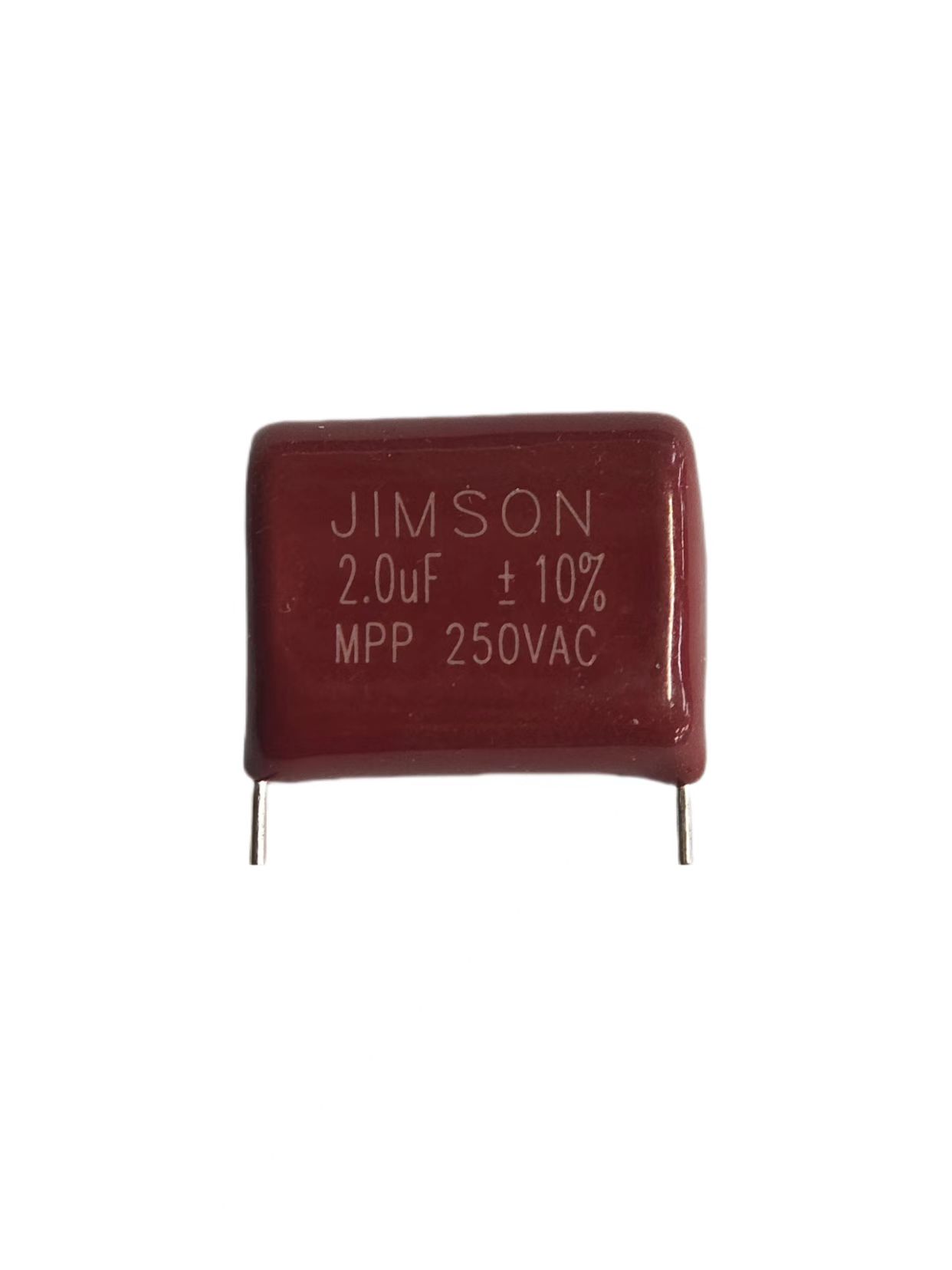220uf ceramic capacitors are an essential component in modern power supplies, providing a stable source of power for electronic devices. These capacitors are widely used in various applications, from consumer electronics to industrial equipment. In this article, we will explore the different types of 220uf ceramic capacitors, their applications, and how they work in improving power supply stability and efficiency.
Introduction
220uf ceramic capacitors are a type of capacitor that is commonly used in power supply applications. They are designed to store electrical charge and release it in a controlled manner, providing a stable source of power for electronic devices.
Types of 220uf Ceramic Capacitors
There are several types of 220uf ceramic capacitors, including:
- Multilayer ceramic capacitors (MLCCs): These are the most common type of 220uf ceramic capacitors, consisting of multiple layers of ceramic material separated by metal electrodes.
- Tantalum capacitors: These capacitors are made of tantalum metal and provide high capacitance and stability.
- Aluminum electrolytic capacitors: These capacitors are made of aluminum foil and an electrolyte solution and provide high capacitance and low cost.
Applications of 220uf Ceramic Capacitors
220uf ceramic capacitors are used in a wide range of applications, including:
- Consumer electronics: 220uf ceramic capacitors are used in consumer electronics, such as televisions, smartphones, and computers, to provide a stable source of power.
- Industrial equipment: 220uf ceramic capacitors are used in industrial equipment, such as motor drives and power supplies, to improve power supply stability and efficiency.
- Automotive electronics: 220uf ceramic capacitors are used in automotive electronics, such as engine control modules and safety systems, to provide a stable source of power.
How 220uf Ceramic Capacitors Work
220uf ceramic capacitors work by storing electrical charge on their plates. When a voltage is applied to the capacitor, the charge on the plates builds up, creating an electric field between the plates. When the voltage is removed, the charge is released from the plates, providing a stable source of power for electronic devices.
Advantages of 220uf Ceramic Capacitors
220uf ceramic capacitors have several advantages over other types of capacitors, including:
- High capacitance: 220uf ceramic capacitors provide high capacitance, allowing them to store a large amount of electrical charge.
- Low impedance: 220uf ceramic capacitors have low impedance, allowing them to provide a stable source of power for electronic devices.
- High frequency response: 220uf ceramic capacitors have high frequency response, making them ideal for use in high-frequency applications.
- Long lifespan: 220uf ceramic capacitors have a long lifespan, providing reliable performance for electronic devices.

How 220uf Ceramic Capacitors Improve Power Supply Stability and Efficiency
220uf ceramic capacitors improve power supply stability and efficiency by providing a stable source of power for electronic devices. When a device requires a sudden surge of power, the capacitor releases its stored charge, providing a stable source of power to the device. This improves the stability of the power supply and prevents voltage drops that can cause electronic devices to malfunction or shut down.
Factors to Consider when Selecting 220uf Ceramic Capacitors
When selecting the appropriate 220uf ceramic capacitor for a particular application, there are several factors that should be considered:
- Capacitance value: The capacitance value of the capacitor should be selected based on the power requirements of the electronic device.
- Voltage rating: The voltage rating of the capacitor should be selected based on the voltage requirements of the electronic device.
- Frequency response: The frequency response of the capacitor should be selected based on the frequency of the power supply.
- ESR (Equivalent Series Resistance): The ESR of the capacitor should be low to ensure high efficiency of the power supply.
FAQs
Q: What is the difference between a ceramic capacitor and an electrolytic capacitor?
A: Ceramic capacitors are made of a ceramic material and provide a stable source of power for electronic devices. Electrolytic capacitors are made of aluminum foil and an electrolyte solution and provide high capacitance and low cost.
Q: What is the maximum voltage rating for a 220uf ceramic capacitor?
A: The maximum voltage rating for a 220uf ceramic capacitor varies depending on the specific capacitor model. Typically, the voltage rating ranges from 10V to 100V.
Q: What is the ESR of a 220uf ceramic capacitor?
A: The ESR of a 220uf ceramic capacitor varies depending on the specific capacitor model. Typically, the ESR is low, which ensures high efficiency of the power supply.
Q: Can 220uf ceramic capacitors be used in high-frequency applications?
A: Yes, 220uf ceramic capacitors have high frequency response, making them ideal for use in high-frequency applications.
Conclusion
220uf ceramic capacitors are an essential component in modern power supplies, providing a stable source of power for electronic devices. They are widely used in consumer electronics, industrial equipment, and automotive electronics. 220uf ceramic capacitors provide high capacitance, low impedance, high frequency response, and long lifespan, making them ideal for a wide range of applications. When selecting the appropriate 220uf ceramic capacitor for a particular application, factors such as capacitance value, voltage rating, frequency response, and ESR should be considered. With their ability to improve power supply stability and efficiency, 220uf ceramic capacitors continue to play a critical role in powering electronic devices.
Related Products





